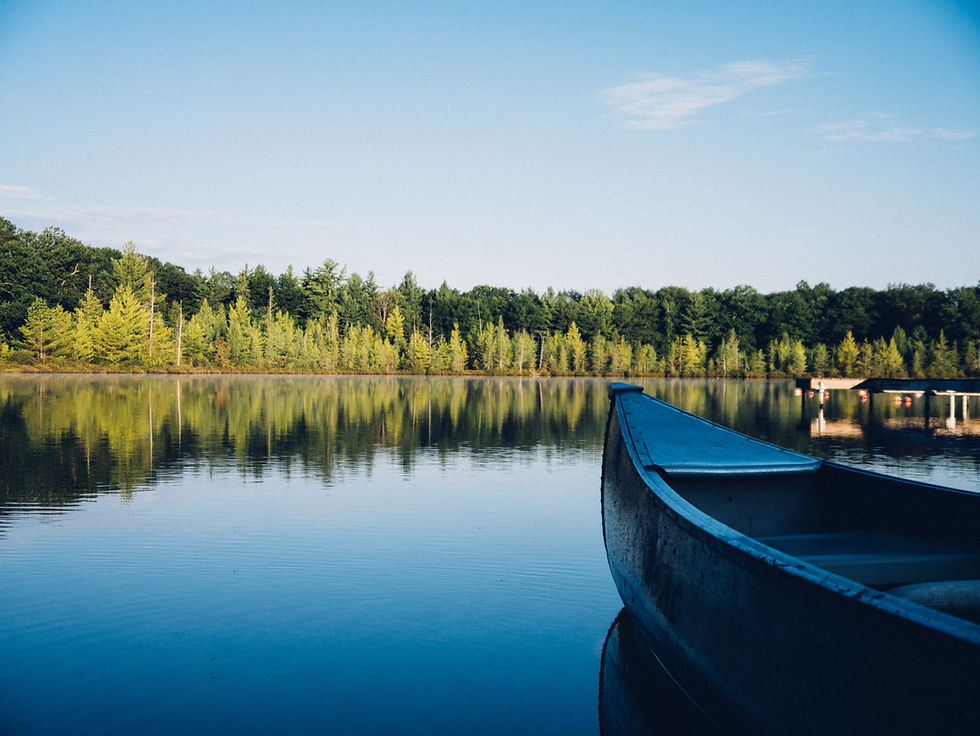Bits & Pieces Fun Facts
- Swains Lake Association

- Jun 2, 2020
- 2 min read
Did you know that kitchen scraps put through garbage disposals add extra solid waste into a septic system? This slows down the process of material breakdown within the system, requiring it to be pumped out more frequently. By choosing to compost kitchen waste instead, you decrease the amount of solid waste into your septic system and it should not have to be pumped out as often.
You can help runoff soak into the ground instead of running directly into the lake by installing pavers in your driveway instead of hot top. Digging a trench between the lake and driveways, paths, and parking areas, will also help prevent runoff from flowing directly into lake water. The trench can be lined with crushed stone if desired. This helps the ground absorb water between living areas and the lake shore. See the article about building a swale drain in this newsletter.

Keep natural bushes, ground covers and trees on your property as much as possible and especially near the lake. This not only helps prevent direct runoff, but native plants also don’t require fertilizer. This is another bonus for the lake.
Always pick up after your pets or livestock on a regular basis. Their waste contains nutrients and bacteria run into the lake and “feed” algae and plant growth in the water, but the bacteria can also raise the chances of us getting sick when we swim in it.
The 2020 Lakes Congress, a popular 2 day event hosted by the NHLA had to be canceled this year for the health and safety of meeting attendees. The event, scheduled for May 28th and 29th, had speakers scheduled on a variety of environmental, water, boating, and lakeside topics. The next Lakes Congress is scheduled for June 3rd and 4th, 2021.
Do you know you can ask for a “Lakesmart Property Owner Self-Assessment?” Beginning in mid-May, an evaluator will come to your property and give you tips on how to landscape, so that runoff doesn’t go directly into the lake. The program is free, voluntary, and non-regulatory, (which means no one will get in trouble if a property doesn’t measure up). This was a pilot program last year and 100 property owners from 28 communities participated, getting their properties reviewed. For more information, go to: nhlakes.org/lakesmart, or email: lakesmart@nhlakes.org
“Ice-in” and “ice-out” here at Swains Lake will now be officially recorded with the state. Since “ice-in” is the first date that the entire lake is frozen over, (including coves), and “ice-out” is the date that the last bit of ice is gone, and every property is open to the water, we will undoubtedly be asking for assistance from residents who live in shady coves as well as areas that have a southern exposure! Often sunny southern exposures are the last to freeze in the winter, and shady coves are the last areas to open up in the spring. Many times those shady coves are a week or more behind the main section of the lake during the spring thaw.




Comments